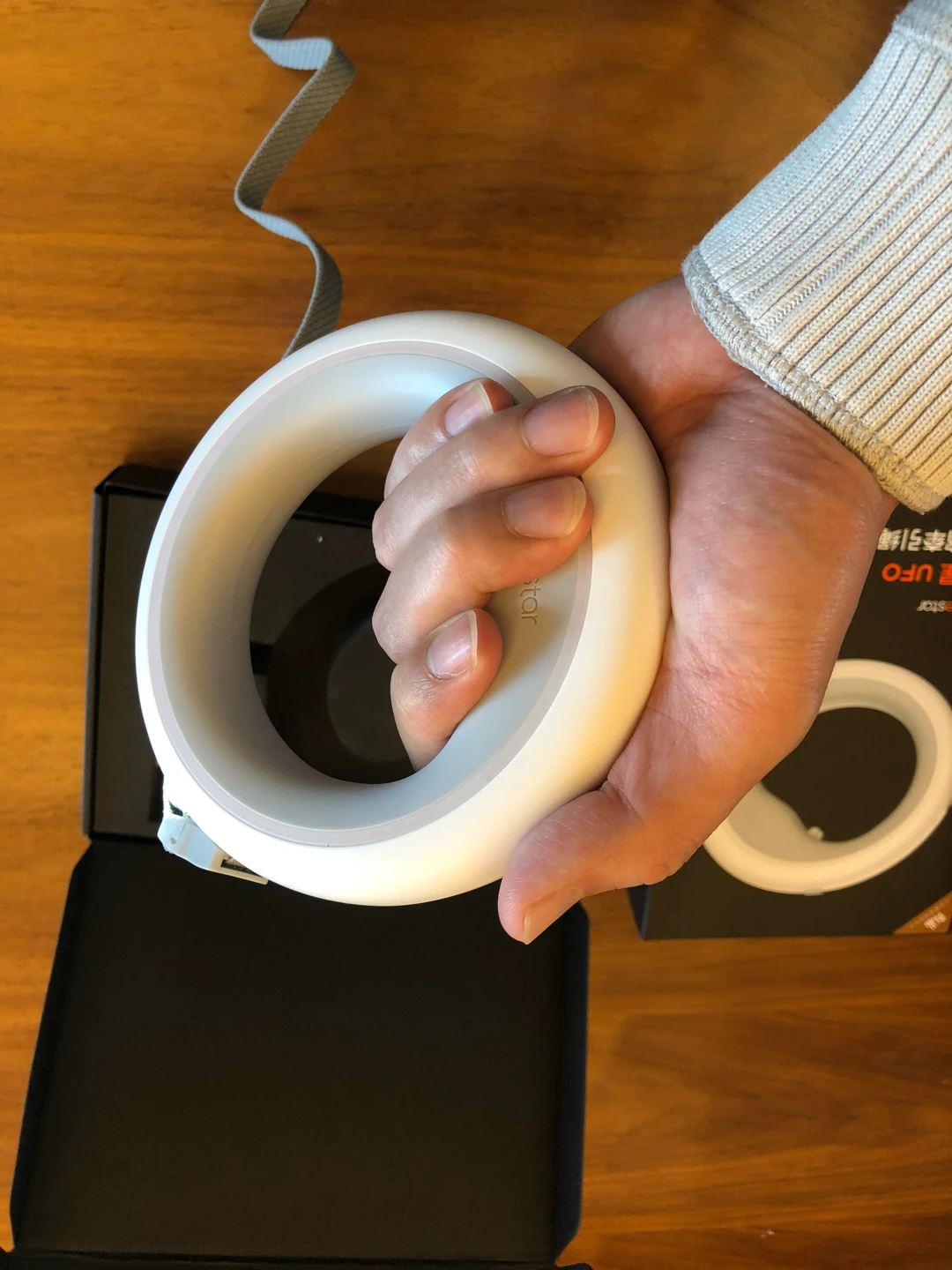
- Pci usb 3 card and front panel upgrade#
- Pci usb 3 card and front panel full#
- Pci usb 3 card and front panel free#
What are you connecting that'd benefit from 6gig SATA ports? I can't imagine it'd be worth replacing a motherboard simply to go from 3gig SATA to 6gig.
Pci usb 3 card and front panel full#
That way the card can provide the full USB3 power (whatever it is, I can't remember). Keep in mind the spec for USB3 can provide more power down the USB cable than USB2, so if you think you're going to be using a USB3 device which requires the power USB3 can deliver (one which doesn't have it's own power supply), buy a card with a 4 pin molex power connector on it (or maybe SATA these days) so you can connect a cable from your PSU to the card. My USB3 PCIe card is fairly old (they're cheaper these days) and only has two "rear" USB3 ports. Some MB manufacturers included them with USB3 motherboards, given in the early days very few cases had USB3 front panels "built in". Sometimes PCIe cards are sold bundled with a USB3 front panel drive bay mount like the one you linked to. some have other things on them as well as USB3 ports, such as a card reader, and they have electronics in them, but when there's only two USB3 ports. One which happens to have a USB3 20 pin header on one end and two USB ports on the other. The USB3 drive bay/front panel thingies aren't really anything but a USB3 extension cable.

If you connect a front panel to the 20 pin connector, you get a total of four USB3 ports, but one way they're all on the card (rear of the case) while the other way there's two front and two rear. I think these days PCIe USB3 cards often come with two standard USB3 ports and a 20 pin connector, or just four standard USB3 ports. If you want to connect a USB3 PCIe card to a USB3 front panel, you'll need a card which also has the 20 pin connector.

The 20 pin connector is a standard for connecting front panel USB3 to the USB3 "header" on a MB or USB3 PCIe expansion card. I want to ask which one is better? I'm not exactly sure what you mean. I have seen there are two types of different cards available, one that is plugged into PCIE and utilize pcie x1 lane and the other that goes directly into 20pin connector. Here's a one that I am planning to buy, its cheap and seems to get the job done: Is there any speed difference between the two? Can these cheap cards give the same speed as native support from casing/motherboard?
Pci usb 3 card and front panel free#
The motherboard I am planning to buy is Asus Maximus VI Hero and it does have 1 free available 20pin connector so I take it I am better off buying that one instead of a pcie card? I want to ask which one is better? My guess is that PCIE is for older motherboards that don't have native usb 3.0 support and 20pin for motherboards that have usb 3.0 support.


Since I can't afford another $200 right now to buy a CM HAF X casing just for USB 3.0 ports I am instead looking for a usb 3.0 expansion card which can fit on either a 3.5 or 5.25 inch drive bay. Now to make long story short, after doing extensive research about what I am getting I have finally decided on components later to find out that USB 3.0 connectors are different and my CM HAF 932 case doesn't have 1. Otherwise my core i7 920 is serving me extremely well and its very stable. My main purpose for upgrading is availability of USB 3.0 and SATA 6Gbit ports.
Pci usb 3 card and front panel upgrade#
I am planning to upgrade my PC next week.


 0 kommentar(er)
0 kommentar(er)
